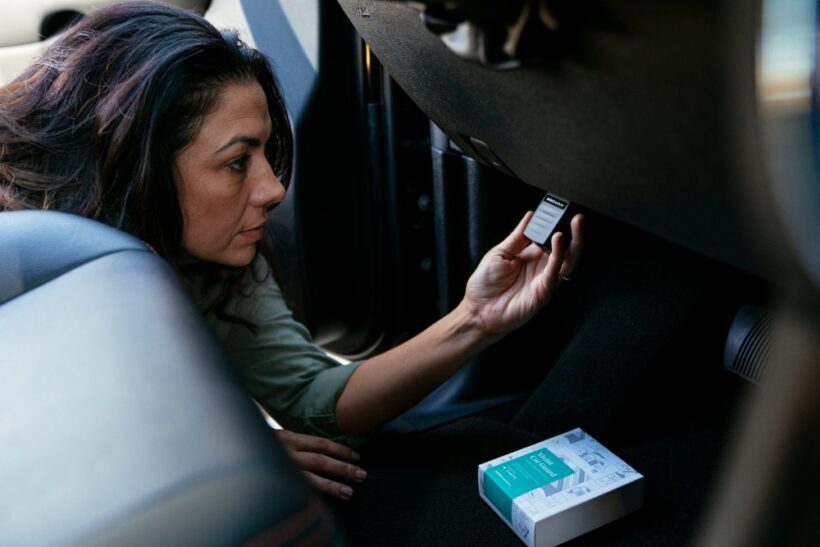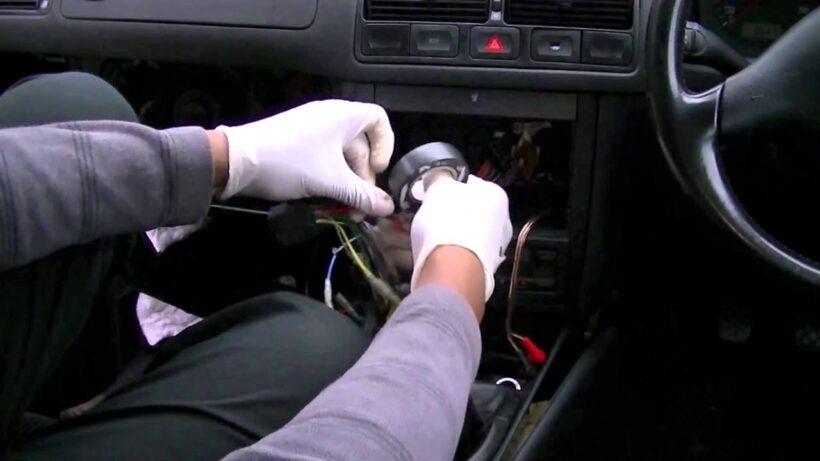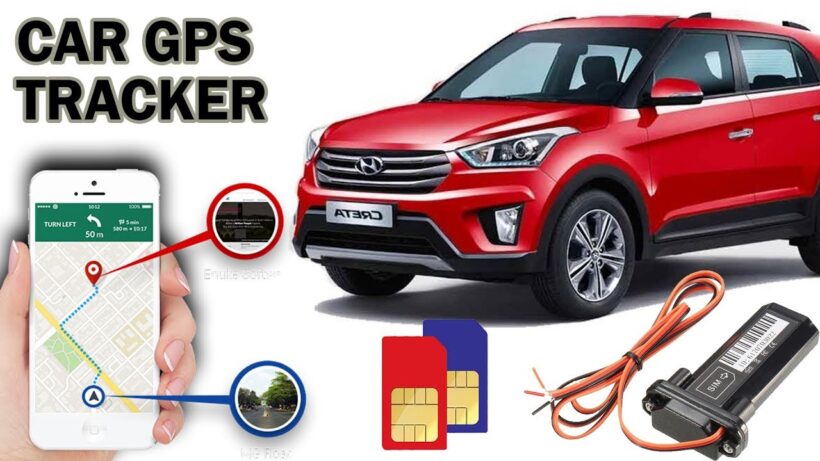In the contemporary world where vehicle theft is rampant, securing your vehicle against unauthorized use is crucial. A car tracker is a device that uses GPS and other technologies to monitor the location and status of a vehicle. These devices are invaluable tools for recovering stolen vehicles and monitoring driver behavior. Here, we present a comprehensive step-by-step guide to installing a car tracker.
Before diving into the installation process, it’s important to understand the types of tracking devices available. Broadly, they can be classified into two: active trackers and passive trackers. Active trackers provide real-time data and usually require a monthly subscription, while passive trackers store data for later retrieval. Your choice between these two will depend on your specific needs and budget.
Tools and Materials

- Car tracker device
- Wiring materials (depending on the device)
- User manual
- Basic hand tools (screwdriver, wire stripper, etc.)
Step 1: Choose the Right Tracker
Your first step is choosing the right car tracking device for your vehicle. Active trackers are suitable for individuals or companies needing real-time tracking and fleet management, while passive trackers are more suitable for analyzing past routes and driving habits.
Step 2: Decide the Placement
Choosing the right place to install the tracker is crucial. Common locations include underneath the dashboard or near the rear bumper. Your decision will depend on the tracker size, and whether it needs an external power source, or a clear view of the sky for GPS reception.
Installation Process

A. Preparing the Ground
Before you begin, ensure your vehicle is in a secure, stable position. If necessary, disconnect the vehicle battery to avoid any electrical mishaps. Consult the vehicle’s wiring diagram to identify the appropriate wires and connections.
B. Placing the Tracker
- Position the Device: Place the tracker in the chosen location, ensuring it is securely fastened and will not move during vehicle operation.
- Antenna Placement: If the device has an external antenna, place it where it has a clear, unobstructed view of the sky, typically on the vehicle’s roof.
C. Wiring
- Connecting the Power Source: Connect the tracker to the vehicle’s power supply, following the manufacturer’s instructions. Generally, the tracker will connect to the vehicle’s power, ground, and ignition wires.
- Ensuring Proper Connection: Use a multimeter to ensure proper connection and voltage.
D. Configuring the Tracker
- Activate the Device: Turn on the device and follow the manufacturer’s instructions to configure and activate it.
- Test the Tracker: Ensure the tracker is working as expected by checking its status on the manufacturer’s website or application.
Step 3: Conceal the Tracker
If using a hidden tracker, conceal it properly to ensure it is not easily detectable. Secure all wiring and ensure nothing is hanging or exposed that might attract attention.
Step 4: Monitor Your Vehicle
With the tracker installed and activated, monitor your vehicle to ensure everything is functioning as expected.
Post-Installation Tips

- Regularly Check the Device: Regularly inspect the tracker and connections to ensure they are secure and functioning properly.
- Understand the Features: Familiarize yourself with all the tracker’s features and functions to make the most of its capabilities.
- Keep the Software Updated: Ensure the tracker’s software is up to date to guarantee optimal performance.
Troubleshooting and Maintenance
Step 5: Troubleshooting
Despite a successful installation, you may face issues with your car tracker. If it’s not working as expected, verify all connections, ensure the device is receiving adequate power, and check the GPS signal strength. Refer to the user manual for troubleshooting tips specific to your tracker model.
- Non-Functioning Tracker:
- Recheck all the connections.
- Confirm the device is properly powered.
- Reset the tracker as per the manufacturer’s guidelines.
- GPS Signal Issues:
- Ensure the antenna has an unobstructed view of the sky.
- Avoid placement near other electronic devices that may cause interference.
Step 6: Maintenance
Routine maintenance is vital for ensuring the longevity and functionality of your car tracker.
- Regular Inspection:
- Periodically inspect the device and its connections.
- Ensure the device is securely fastened and not loose.
- Software Updates:
- Regularly update the device software to enhance performance and security.
FAQs

- Can I install a car tracker myself? Yes, with basic technical knowledge and the right tools, you can install a car tracker. However, for a seamless and error-free installation, consider professional assistance.
- Will the car tracker drain my vehicle’s battery? Modern car trackers consume minimal power. However, ensure the device is properly installed and configured to prevent unnecessary power drain.
- Can the tracker work without a clear view of the sky? While many trackers can function in low-signal areas, for optimal performance, ensure the device or its antenna has a clear, unobstructed view of the sky.
- Is it legal to install a car tracker? Laws vary by location. Always ensure you are compliant with local regulations regarding the use and installation of tracking devices.
Additional Tips
- Professional Installation: If uncertain about the installation process, opt for professional installation to ensure the device is correctly set up.
- Understand Compatibility: Not all trackers are compatible with all vehicles. Ensure your chosen tracker is suitable for your vehicle make and model.
- Secure Wiring: Properly secure all wiring to prevent damage or disconnection during vehicle operation.
- Documentation: Keep the device manual and any related documentation in a safe and accessible place.
Conclusion
In summary, installing a car tracker involves choosing the right device, deciding its placement, setting it up securely, and ensuring it works as expected. While the process might seem intricate, a systematic approach makes it manageable. If unsure about any step, consult the device’s manual or contact the manufacturer. Proper installation is essential for the tracker to function effectively, providing you with peace of mind knowing your vehicle’s whereabouts are always within reach.
Note that local laws and regulations about the use of tracking devices may vary, and it is essential to ensure that the use and installation of such devices comply with these laws. Unauthorized use of tracking devices may result in legal consequences, so it’s crucial to use these devices responsibly.
With this guide, embark on the journey to enhance the security of your vehicle by installing a car tracker, making a significant stride in safeguarding your valuable asset against theft and unauthorized use.
The peace of mind you gain, knowing that you can always locate and monitor your vehicle, is well worth the time and effort invested in this installation process.
